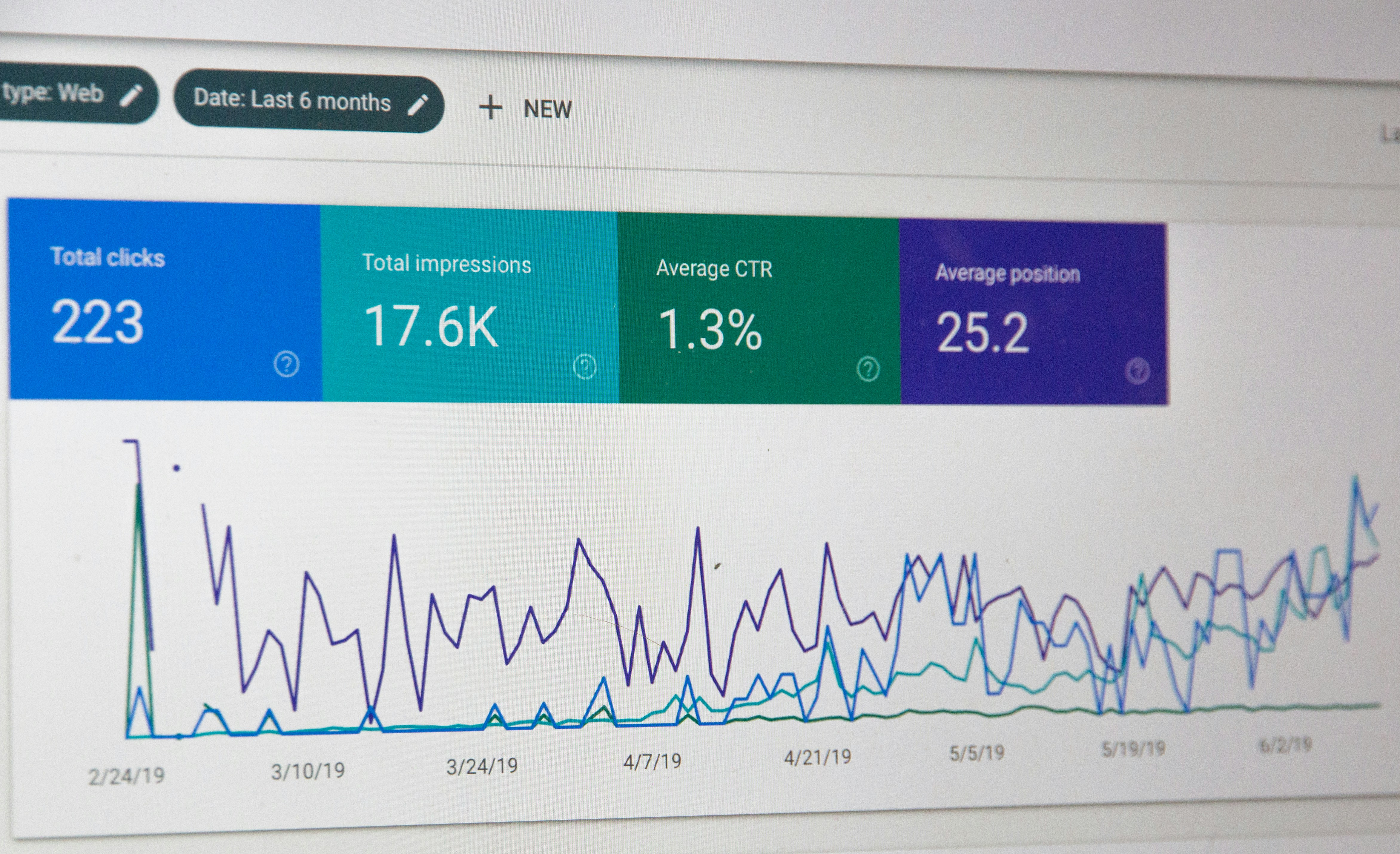Console gaming demographics are experiencing a seismic shift that’s reshaping the entire industry. The average age of console players has increased from 24.2 years in 2018 to 27.9 years in 2024, marking the most significant demographic change gaming has seen in decades.
Young Adults Are Walking Away From Console Gaming
The most alarming trend in console gaming demographics involves young adults aged 18-24. Their participation in console purchases has crashed from 10% in 2022 to just 3% in 2025 – a staggering 70% decline in just three years.
This dramatic shift isn’t happening in isolation. Rising console prices, economic pressures, and mobile gaming alternatives are creating barriers that younger consumers simply can’t overcome. When a PlayStation 5 or Xbox Series X costs $500 or more, many young adults are choosing smartphones and PC gaming instead.
High-Income Households Dominate Console Purchases
Console gaming demographics now skew heavily toward affluent buyers. Households earning over $100,000 annually account for 43% of US video game hardware purchases, up from 36% just a few years ago.
This income concentration reveals how console gaming is becoming a luxury purchase rather than mainstream entertainment. When combined with the aging player base, it suggests the industry is moving away from its mass-market roots toward a more exclusive, premium audience.
Console Sales Are Falling Behind Previous Generations
Despite technological advances, current-generation console sales are trailing previous systems. Data suggests that by 2026, console sales will be 20 million units behind the previous generation’s pace.
Several factors contribute to this decline:
- Increased console prices pushing buyers toward alternatives
- PC gaming becoming more accessible with cross-platform titles
- Mobile gaming offering free-to-play experiences
- Economic uncertainty affecting discretionary spending
The Impact on Console Gaming Demographics Long-Term
These shifting console gaming demographics create significant challenges for the industry. As the player base ages and becomes more affluent, game developers must balance creating content that appeals to mature audiences while maintaining broader market appeal.
The concentration of purchases among high-income households also raises questions about gaming’s future accessibility. If current trends continue, console gaming could become increasingly disconnected from younger, more diverse audiences.
What This Means for Game Developers
Game developers are already adapting to these console gaming demographics changes. Many are expanding to PC and mobile platforms to reach younger audiences who can’t afford console gaming.
The rise of subscription services like Game Pass also represents an attempt to make console gaming more affordable, though it remains to be seen whether these services can reverse the demographic trends.
Frequently Asked Questions
Why are console gaming demographics getting older?
Console gaming demographics are aging primarily due to rising hardware costs and young adults choosing mobile gaming alternatives. The average console price has increased significantly, making it harder for younger buyers to enter the market.
How much have console purchases among young adults declined?
Console purchases by 18-24 year olds dropped from 10% in 2022 to just 3% in 2025, representing a 70% decline in young adult participation in the console market.
What income level dominates console gaming purchases?
Households earning over $100,000 annually now account for 43% of US console purchases, up from 36% a few years ago, showing console gaming is becoming more concentrated among high earners.
Are console sales declining overall?
Yes, current-generation console sales are tracking behind previous generations, with projections showing they’ll be 20 million units behind by 2026 compared to the PS4/Xbox One generation.
How are game companies responding to demographic changes?
Companies are expanding to PC and mobile platforms, launching subscription services to reduce upfront costs, and developing games that appeal to older demographics while trying to maintain broader appeal.
Will console gaming demographics continue aging?
If current pricing trends and economic pressures continue, console gaming demographics will likely keep aging as fewer young adults can afford entry into console gaming.
What alternatives are younger gamers choosing?
Younger consumers are increasingly choosing mobile gaming and PC gaming, which offer lower barriers to entry and more diverse price points compared to console gaming.
The Future of Console Gaming
The dramatic shift in console gaming demographics presents both challenges and opportunities. While the aging player base and income concentration suggest a more niche market, it also represents a demographic with greater spending power and gaming dedication.
Success in this evolving landscape will require console manufacturers and game developers to balance premium experiences with accessible pricing models, ensuring the medium doesn’t lose its cultural relevance among younger generations.


